Date: 13 April 2007
The study, which encompassed a representative cross-section of U.S. architects according to firm size, job title, geographic location and years of experience, also showed that architects prefer manufacturer Web sites for product information and that PPG is viewed as the construction industry’s “green” building leader for architectural glass and exterior fluoropolymer coatings.
According to the report, 32 percent of U.S. architecture firms have projects built outside the country. China is the leading international market, accounting for 21 percent of the firms’ combined international business, followed by the United Kingdom at 16 percent. Surprisingly, neighbors in Canada and Mexico represent only 15 percent and 13 percent respectively of U.S. firms’ international project work.
Firms in the southeastern U.S. and on the West Coast reported the highest percentages of work in China, while projects in the U.K. were executed primarily by companies on the West Coast and in the Mid-Atlantic states.
Japan, the United Arab Emirates, Dubai, Brazil, India, South Korea and Germany were among the other significant sources of international business for U.S. firms.
Architects Rely on the Web
The study also confirmed the growing importance of the Internet as a product information resource for architects. A full 85 percent of survey participants named manufacturer Web sites as their preferred source of product information, followed by sales representatives and technical binders from manufacturers.
Robert J. Struble, branding and communications manager for the Construction Market Team at PPG, said the survey did not measure the use of advertising as an informational resource because most people deny that they are influenced by it. He added, though, that “advertising remains a proven and effective way to communicate information about new products and their features.”
The study also asked architects whom they perceive to be the "green" building leader in the architectural glass and exterior fluoropolymer coatings categories. In both industry segments, more architects cited PPG than any other competitor or competitive product.
Forty-five percent of the architects surveyed said PPG was the sustainability leader in the glass industry, far outpacing its nearest competitors, which weighed in at 14 percent and 12 percent respectively.
PPG registered similar marks among architects asked the sustainability leader for exterior fluoropolymer coatings. Thirty-four percent named PPG, which led its nearest competitor by 12 percent.
Pat Kenny, PPG general manager of corporate marketing and business manager of the Construction Market Team, said the findings offer contain good news and a challenge. “While we’re pleased that more architects identified PPG as a sustainability leader, fewer than half of them actually did so. That means we have to do a better job of disseminating information about the environmental advantages of specifying PPG glass, coatings and paints.”
As one example, Kenny pointed to Solarban 70XL glass, introduced in 2005 as perhaps the industry’s most environmentally progressive architectural glazing. In a standard one-inch insulating glass unit, Solarban 70XL glass permits visible light transmittance (VLT) of 63 percent while blocking 73 percent of the sun’s heat energy, as indicated by its 0.27 solar heat gain coefficient (SHGC). Together, these two figures yield a light-to-solar-gain (LSG) ratio of 2.33, which is the highest in the industry. Solarban 70XL glass also features a clear glass appearance.
This exceptional combination of performance and aesthetics makes Solarban 70XL glass ideal for architects looking to maximize daylighting while reducing the energy use associated with cooling large buildings.
On the coatings side, proprietary Duranar coatings by PPG are recognized for their exceptional durability and colorfastness, which enhances the sustainability of buildings by extending their life cycles and minimizing the need for repainting and other potentially hazardous activities.
The 10-minute online survey was completed by 629 qualified architects, producing ±3.9-percent accuracy at the 95-percent confidence level.

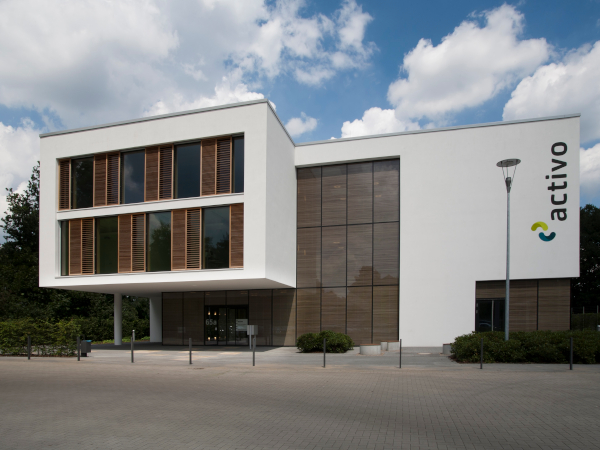
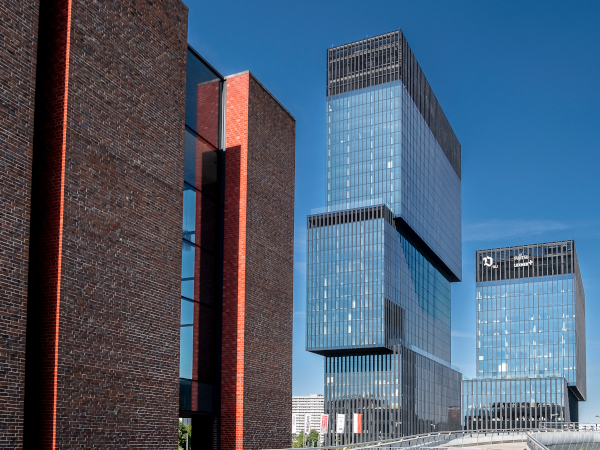
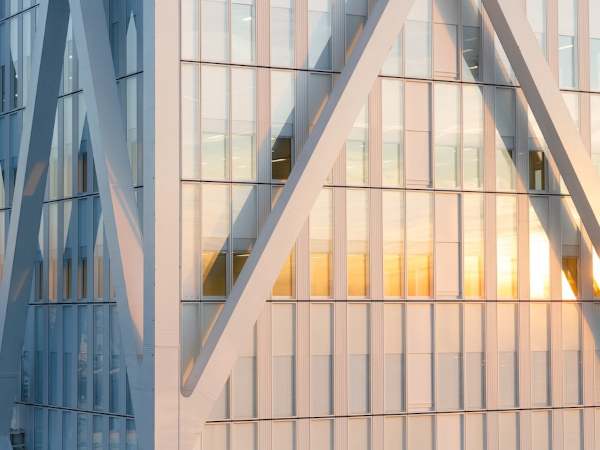


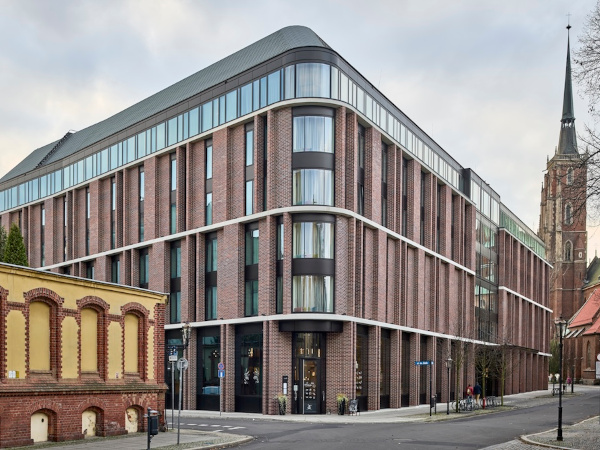



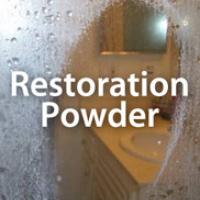
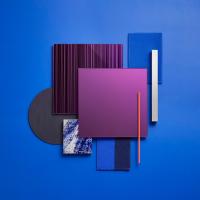
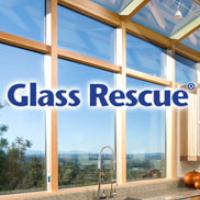
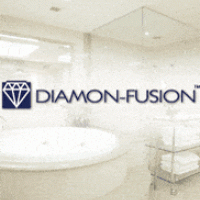
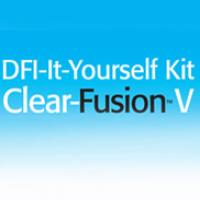
Add new comment